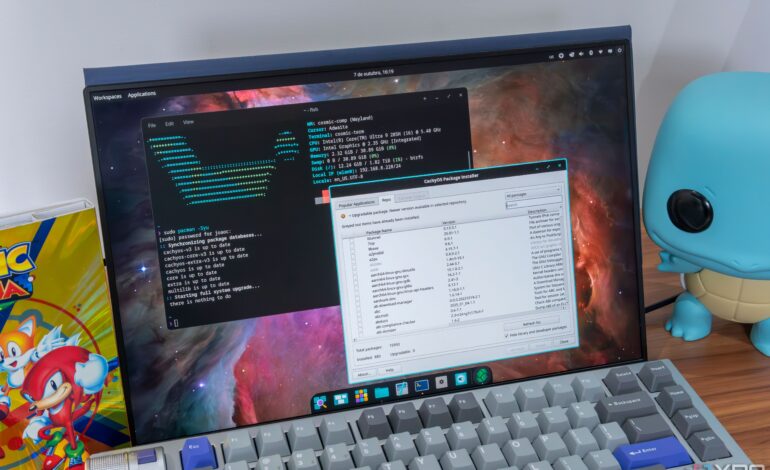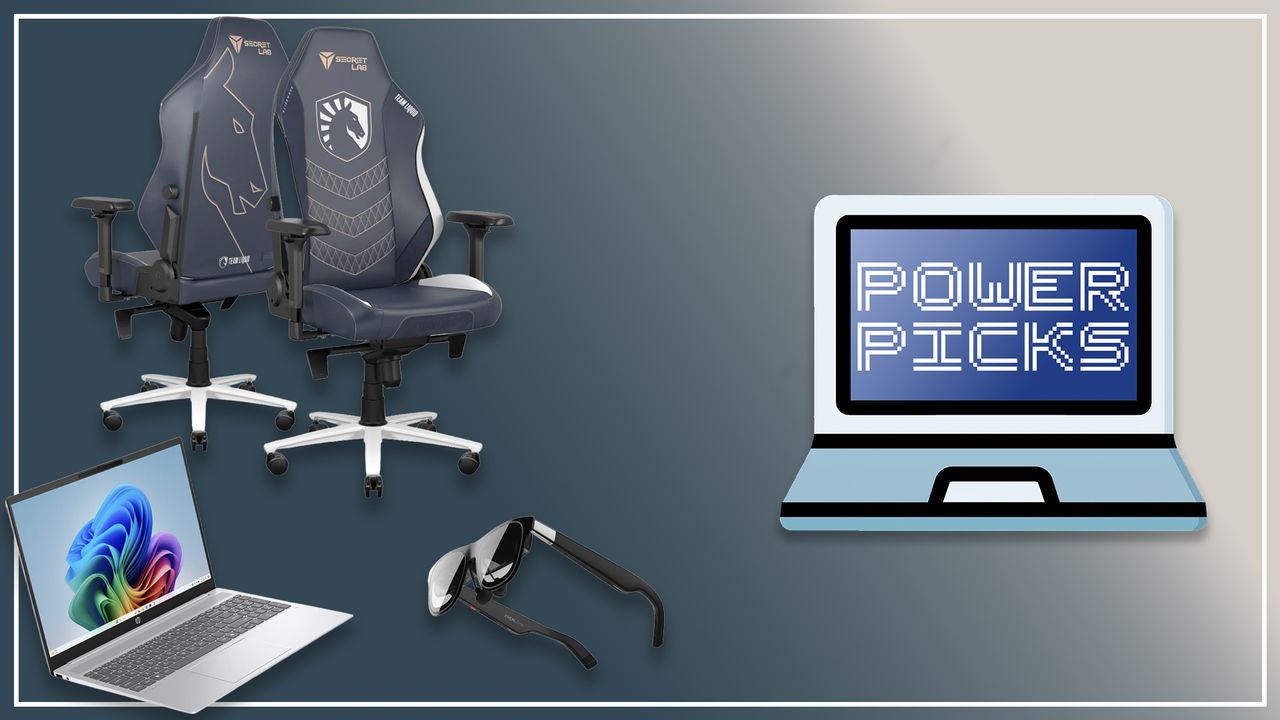Navigating the Challenges of Dual-Booting Windows and Linux

Dual-booting Windows and Linux offers users the convenience of accessing two powerful operating systems from a single device. While this setup can provide a versatile computing experience, it comes with several unexpected challenges that users may not be prepared for. Insights from personal experiences reveal key pitfalls associated with dual-booting that can complicate daily use.
Power Management Conflicts
One of the most significant issues arises from how each operating system handles power management. Windows operates under the assumption that it is the sole OS installed on the device. Changes to system settings can therefore have profound effects on Linux installations. For instance, Windows’ Fast Startup feature does not fully shut down the system; it hibernates the kernel to facilitate quicker boot times. This creates a conflict when users attempt to boot into Linux afterward. The Linux system will refuse to mount the Windows partition, as it detects it is still in use. To resolve this, users must disable both hibernation and Fast Startup, which can be a cumbersome task.
Troubles with Secure Boot
Secure Boot is another complication for dual-boot users. Designed to safeguard firmware from unauthorized alterations, this feature can become a hurdle when managing bootloaders or unsigned drivers. Most modern Linux distributions, including Fedora and Ubuntu, accommodate Secure Boot seamlessly through a process known as Machine Owner Key enrollment. However, not all distributions offer this support. For example, users of Bazzite and CachyOS may need to manually enroll a Secure Boot key to ensure compatibility with certain Windows games, adding a layer of complexity each time they change kernels or reinstall their operating system.
Shared storage is often a primary reason for choosing to dual-boot. Users expect to transfer files effortlessly between Windows and Linux, but this convenience can be undermined by filesystem compatibility issues. The NTFS filesystem, native to Windows, can be accessed from Linux, but not always without extra steps. Modern distributions typically include the necessary NTFS driver, but older or lighter versions might require manual installation of the ntfs-3g driver. Even systems designed to be immutable, such as Fedora Silverblue, necessitate the addition of NTFS support through alternative methods. If Windows Fast Startup or hibernation is enabled, the NTFS partition remains locked, preventing access from Linux and risking potential data corruption.
Time Synchronization Issues
Another common grievance for dual-booters is time desynchronization. Windows and Linux handle system clock data differently—Windows records it as local time, while Linux defaults to Coordinated Universal Time (UTC). This discrepancy can lead to the clock shifting unexpectedly when toggling between operating systems. Fortunately, users can rectify this issue with a simple command in either OS. For Linux, the command is timedatectl set-local-rtc, while Windows requires a registry adjustment. Addressing this early prevents headaches when configuring time-sensitive services on either system.
Windows Updates and Bootloader Disruption
Perhaps the most frustrating challenge is the tendency for Windows updates to disrupt the bootloader configuration. Major updates, such as feature releases, often overwrite boot entries or completely erase GRUB, the common bootloader for Linux systems. This occurs because Windows presumes it is the only operating system present. While the resolution is typically straightforward, the need to frequently restore GRUB or another bootloader can be an ongoing inconvenience. Users are advised to maintain a backup of their EFI partition and keep a live USB handy for easy recovery.
Despite the complexities associated with dual-booting, many users find it a worthwhile endeavor. It presents a valuable opportunity to explore Linux, deepen understanding of the EFI system, and learn about firmware management. However, it is essential to approach dual-booting as a temporary project rather than a permanent solution. A dedicated Linux machine might ultimately offer a more stable and reliable experience, allowing users to fully enjoy the benefits of both operating systems without the constant balancing act.






